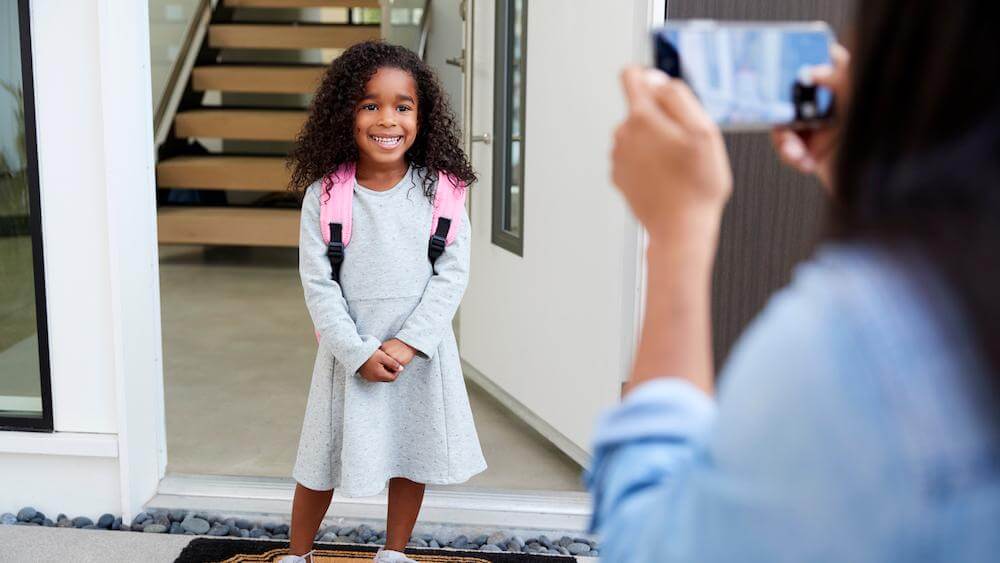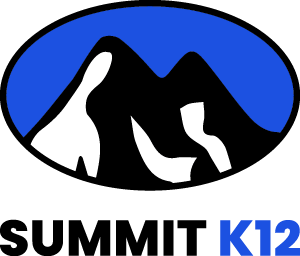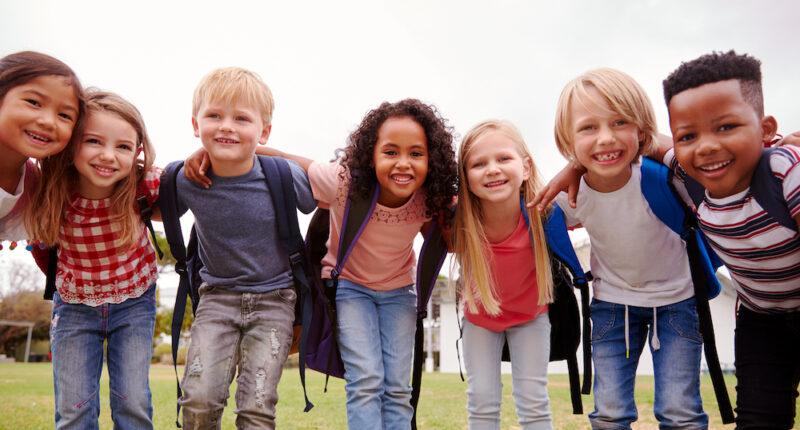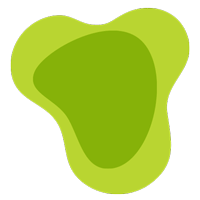
Written by Robyn D. Shulman
School is back in session for the 2022-2023 school year, and we are about to embark on a new journey.
For most students and teachers, it’s been two long years of transitions, significant changes, flexibility, and a high level of uncertainty in education. Schools worldwide made different decisions on how to continue offering their students quality educational experiences over the past two years of chaos and uncertainty.
Through these challenging academic times and personal hardships, the Pandemic prompted many pessimistic feelings surrounding the education field at all levels (K-20).
Both teachers and students had to adapt quickly to new ways of learning while discovering how to best keep communication going online with their families, teachers, and peers.
As the Pandemic eases, it’s essential to review this period of time and reflect on the mistakes made, what we learned, and to figure out the best way to move forward with helping students succeed.
What We Learned
Effective educators are incredible learners with a passion to grow, share their student success stories, and make a continuous difference in the world. The Pandemic necessitated significant changes in the education sector—especially surrounding technology. Teachers learned how to teach lessons remotely while doing their best to keep students engaged. They also implemented new apps, changed communication methods, and created ways to execute tasks in a new delivery format.
The opportunity to learn and use technology for distance learning was unique. Some students found learning at home better than attending school in person, while others didn’t care much for learning at home. Before college, many kids could experience a form of online learning, which gave them a meaningful experience to see if they would want to continue learning in this format in higher education.
The skills students learned by working at home provided some benefits. For example, some students enjoyed learning at their own pace and they liked to go back over lessons multiple times if needed. As a result of this time, ongoing research regarding hybrid, in-person, or online learning could now be considered.
Finally, many educators and administrators learned that we need to focus significantly on teachers’ and students’ mental health and well-being. Teachers need more support now than ever, and students need emotional attention, and time to catch up academically and socially. Everyone went through something personal and unique during this time.
Students need patience, compassion, and empathy as we move into the 2022-2023 school year.
Teacher Innovation
During the Pandemic, teachers had to innovate, and now with a teacher shortage, it might leave room for teachers to become more innovative, creative, and engaging during this school year. However, one crucial variable to note is that for any education system to change, teachers and administrators need to see the benefits for any changes. It is a heavy lift, but it can be done.
For example, Starr Weems, a two-time FFT Fellow and teaches at Ardmore High School in Ardmore, Alabama, says, “Some of the innovations that have come to my classroom as a result of the Pandemic will benefit us even after things become more normal. A team of teachers and students at my school came together to build an outdoor classroom that will serve as a lab for science classes, a spot for the art classes to practice scientific drawing, and a peaceful sanctuary for other groups who want to learn in an outdoor setting.”
This way of thinking and teaching is an incredibly innovative way to innovate for the better during a crisis.
When given the right opportunity and circumstances, teachers can innovate!
Learning Anywhere
Another discovery we made is that learning can and does happen anywhere. Teachers and students are not confined to a classroom or a school building, and we can connect their school and home lives for a better learning experience. Students could travel and see different things while still learning and engaging with their teachers, parents, and peers.
For example, in 2020, high school history teacher Cathy Cluck left school for spring break and didn’t come back. She came up with an innovative idea that made the news. As an AP teacher in History, she decided to take a road trip to teach from different historical sites around the United States. Cluck filmed her journey for her YouTube channel and spoke about each historical site she visited.
Her story is one of innovation, creativity, and turning a difficult situation into a fun and engaging journey.
My colleague, Dr. Ai Addyson-Zhang, who runs Classroom Without Walls, says, “I think it is time for people to realize that we don’t just go to school to learn, or we don’t have to wait for someone to teach us so that we can learn.
Learning doesn’t have to happen in the classroom. There are so many ways that we can learn. What does matter the most is that we never stop learning. We have all fostered critical skills during the Pandemic and realized how vital some soft skills are to help us navigate challenging times.”
We can learn both inside and outside of the classroom—and we should.

Parents Placed Greater Focus On Their Child’s Education
Since students had to learn from home, parents became one of the first sources their children went to when they needed help or more information. Learning at home gave parents a first-hand opportunity to see the areas where their kids were struggling and could provide support. Parents also witnessed different content areas their children enjoyed and were able to build upon those interests personally at home.
Studying from home also required parents to assist teachers—which may have helped parents learn some new technical skills too. Since the system had to be altered to make it easier for parents and teachers to interact, communication became critical. Both schools and families had to discover ways to communicate in such unusual times. Finally, this period helped keep parents aware of how lessons were taught, and they could see the resources their children needed to learn.
Is Innovation The Largest Silver Lining?
If we use this time to innovate and make changes, I believe innovation is our most significant opportunity for education at this time. Change in education is not easy, however, we can create incredible new development—it takes strong leadership, open minds, hard work, and ongoing dedication.
Friend and colleague Don Wettrick, CEO of STARTedUP Foundation, says, “The ‘silver lining’ might be teacher innovation, as many schools were caught off guard and didn’t have lesson plans in place. Thus, many teachers looked for engaging lessons not centered around rote memorization and compliance.
Several teachers had their students do more projects and found clever ways to engage them during lockdowns. Also, as schools adapted to Zoom calls, parents listening into classroom discussions put pressure on more engagement and not just “sit and get.”
Can we move away from rote memorization and standardized testing? This period of time may be the catalyst we needed to bring about a better learning experience that aligns with the needs of the 21st-century.

Moving Forward
We can see the Pandemic as a time of learning and social loss, or we can look at it as a way to make great changes in education. The changes and opportunities in education are present, however, we need to act on them rather than solely discuss ideas.
We must move forward to ensure our children return to a firm foundation of knowledge—one filled with curiosity, creativity, critical thinking, communication and socialization. Although we have a significant amount of catching up to do, we can move forward in new ways if we work together, build supportive bridges across communities, and help our kids get back to a better place both mentally and academically.
My good friend and colleague, Charles Sosnik, Writer and Editor for The Learning Counsel says, “Perhaps the greatest thing to come out of the Pandemic was a new catchphrase. We replaced ‘That’s the way we have always done it’ with ‘What if?’ Since the beginning of the Pandemic, it seems as if anything is possible.”
Starting The School Year Off Right
This is a unique year for educators. As we inch back without Pandemic precautions, students and teachers are going back to school at a time that brings both excitement and a cautious nervousness. However, finding the right balance and mindset can help offset some of the worrisome feelings.
Andrea Bitner, ELL Teacher and Author of the book Take Me Home, shares her best advice for the new year.
She says, “As you enter your classroom houses today, I want you to pause and take a look at your hands. Never underestimate the power that they extend! As you walk into this school year, you will have ups, downs, and everything in between. On your celebratory days, you are going to use these hands to high-five a student or teammate to validate a win. And, on challenging days, you may use them to place your arms around a colleague or student who needs an encouraging pat on the back or a reassuring hug. In the moments that your hands are tired?
Remember this: No one reaches success alone! You are part of a tremendous education family that stretches from coast to coast over thousands of miles. You didn’t fall into education: you were called into it. It takes millions of hands to not only survive in this village, but thrive in it. You can do it, and your village will always be there to see you through it!
It’s time to move forward. We can do this together.
[starbox]








